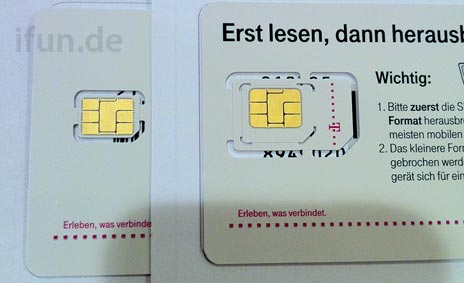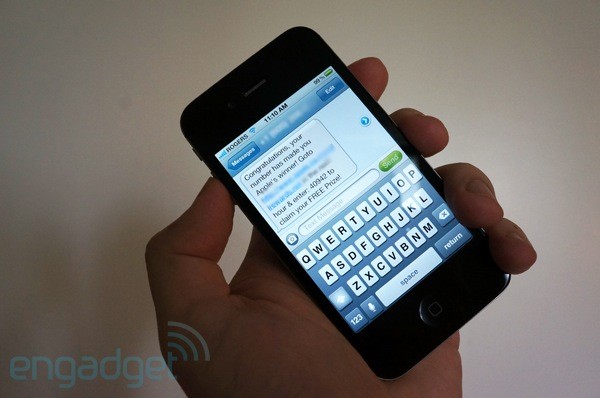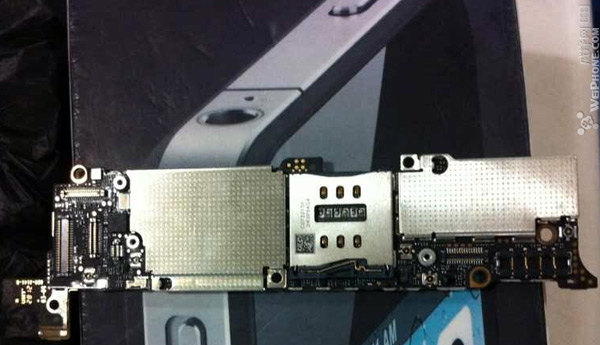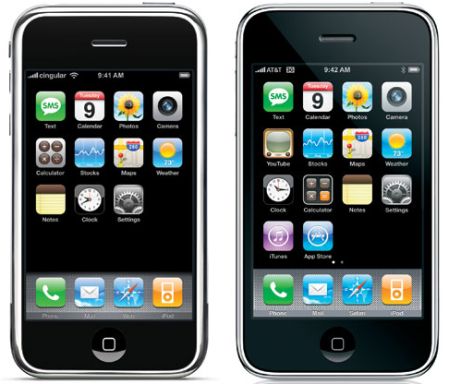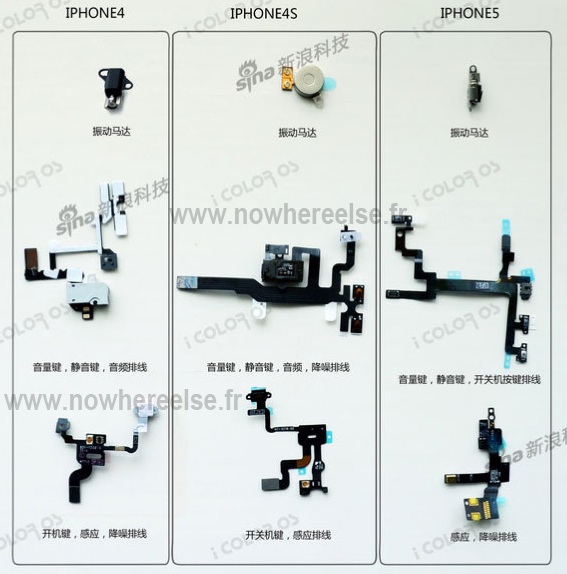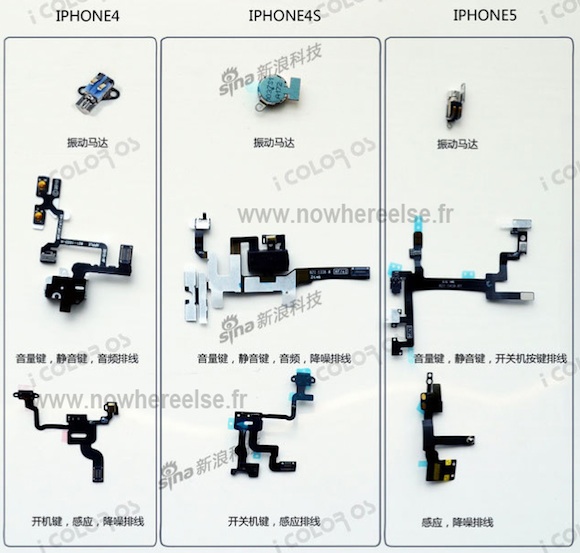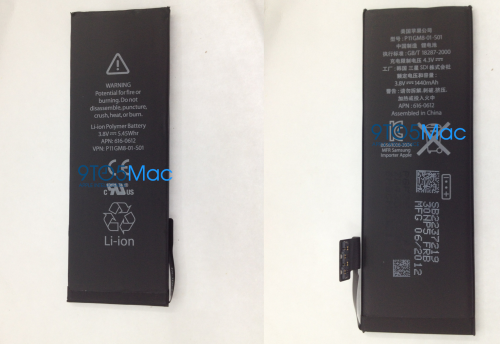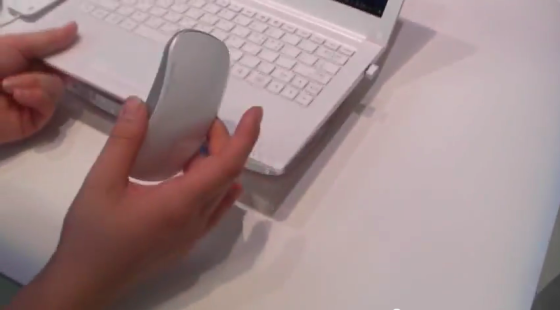 Searching the internetz the other day I turned up this video about the "Samsung Spider Laptop" from MiniPCPro on YouTube. This is a new laptop that you can connect your Samsung Galaxy S3 to. About half way through the video, which you can watch below, we see a mouse that accompanies the laptop. Even the presenter comments that there ay be another lawsuit coming and they are right.
Searching the internetz the other day I turned up this video about the "Samsung Spider Laptop" from MiniPCPro on YouTube. This is a new laptop that you can connect your Samsung Galaxy S3 to. About half way through the video, which you can watch below, we see a mouse that accompanies the laptop. Even the presenter comments that there ay be another lawsuit coming and they are right.
It doesn't just have a slight resemblence to the Magic Mouse from Apple. Instead, if you take a good look at the mouse, it really does look almost identical. After Apple being awarded $1 Billion in the last round, I thought that Samsung would be a bit more careful. I can see it now … internal document leak from engineers … "How can we make our mouse like the Magic Mouse, but improve on it, without seeming to have copied it?" … well you have managed to make a superb looking mouse, yes, but it is an IN YOUR FACE copy that will surely gain more than my attention.
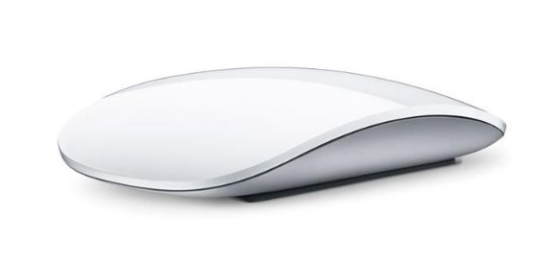
What do you think? Leave your comments below.



